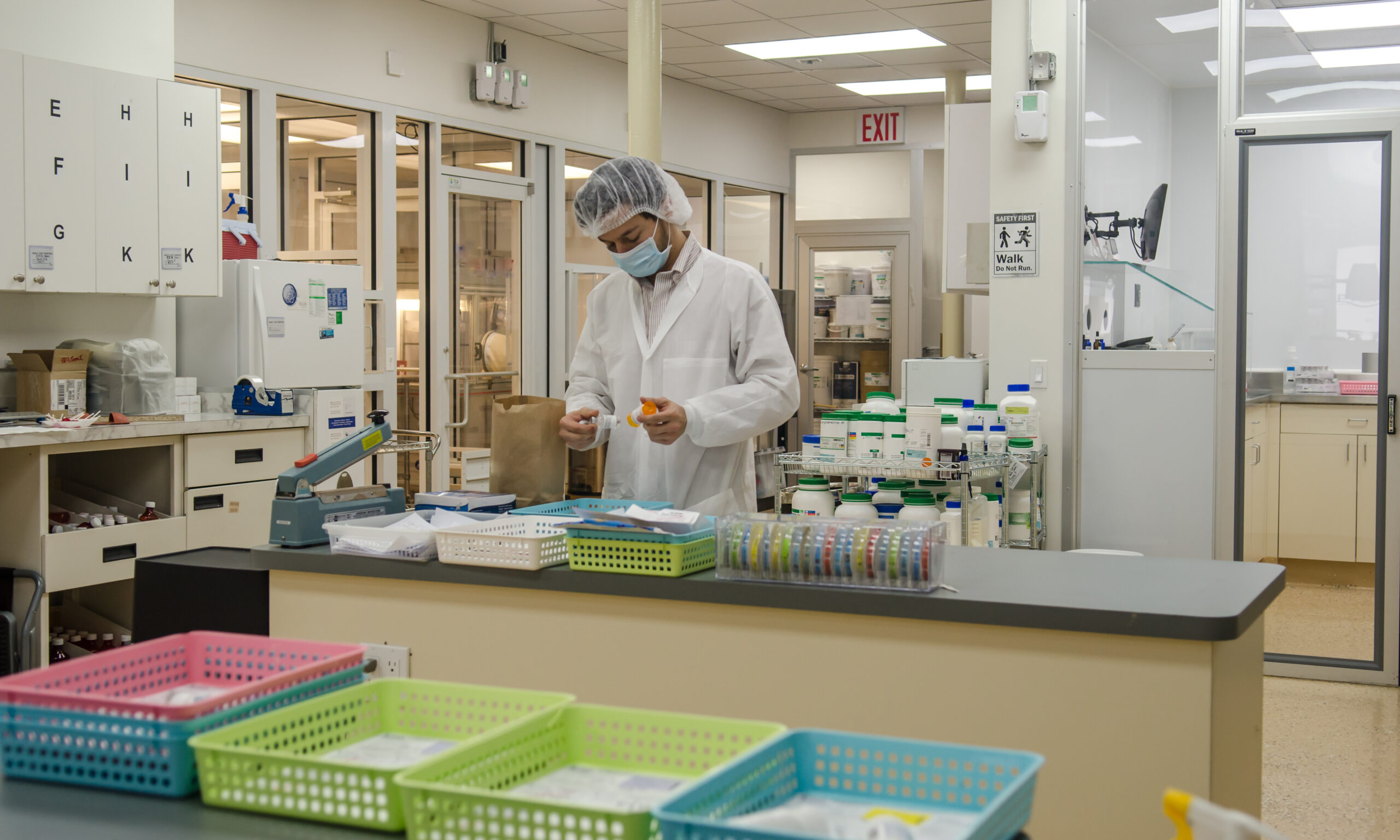Introduction
Most often, pharmacy professionals provide their patients with the right medications and care. But medication incidents can and do happen. ISMP Canada recently reported staff training and education as a common theme for medication incidents in Manitoba. Let us take a closer look at what the report data says about the subthemes of technical and clinical checks.
Technical and Clinical Checks as Contributing Factors in Medication Incidents
Inadequate technical and clinical checks during the dispensing process were found to be contributing factors in medication incidents in Manitoba. During technical checks, various products containing the same medicinal ingredient led to patients receiving the wrong medication, dose, or formulation, potentially causing harm. While the following incident did not harm the patient, it could have:
A patient who was supposed to receive trazodone 50 mg, but due to a technical error, they were dispensed trazodone 100 mg instead. Fortunately, the patient noticed the mistake and did not take the medication for a week until it was corrected.
In Manitoba, pharmacists are responsible for reviewing all prescriptions for clinical appropriateness and patient safety. These verifications should happen during order entry rather than after dispensing, to avoid the need for reprocessing the prescription or an error reaching the patient. Clinical checks offer an opportunity to assess the medication’s indication, effectiveness, safety, and convenience for the patient. An inadequate clinical check in the following incident led to a patient hospitalization:
A prescription for amoxicillin 875 mg/clavulanate 125 mg was filled for a patient with a documented penicillin allergy. Unfortunately, the pharmacy staff missed this crucial clinical information, leading to the patient experiencing a rash and subsequently being hospitalized and prescribed a different antibiotic.
Leveraging the Complimentary Roles of Pharmacists and Pharmacy Technicians to Enhance Community Pharmacy Practice
To ensure patient safety, both pharmacy technicians and pharmacists must actively participate in systematic checks throughout the dispensing process. Pharmacy technicians are well-qualified to perform the technical checks on prescriptions, relieving pharmacists to perform the clinical or therapeutic checks and patient counselling. Employing pharmacy technicians and ensuring they can practice to full scope can enhance your pharmacy’s processes and improve patient outcomes.
Clear roles and assigned tasks, collaboration, and open communication between the team members are vital to prevent errors and enhance patient care.
3 Key Recommendations to Improve Technical and Clinical Checks
- Standardize Prescription Intake: Implement a questionnaire or checklist to identify and confirm relevant clinical information, such as allergies and weight, especially for pediatric patients. This standardized process can help minimize the risk of overlooking critical details.
- Integrate Bar Coding Technology: Embrace bar coding technology in the pharmacy to serve as an automated independent double check during the dispensing process. Bar codes can significantly reduce the likelihood of errors and provide an additional layer of safety.
- Educate and Train Staff on Human Factors: Raise awareness and design tasks and systems that recognize human cognitive limitations especially for interruptions and distractions during the dispensing process.
Conclusion
Community pharmacy professionals play a critical role in ensuring patient safety and well-being. By focusing on staff training and education, specifically in technical and clinical checks, we can reduce the chances of a medication incident. Embracing key recommendations such as standardizing prescription intake, leveraging bar coding technology, and recognizing human factors will empower us to deliver even safer and more effective care to patients, improving their health outcomes and fostering trust within the community. Let us continue to work together to make our pharmacies safe havens for patients seeking the best possible care.



